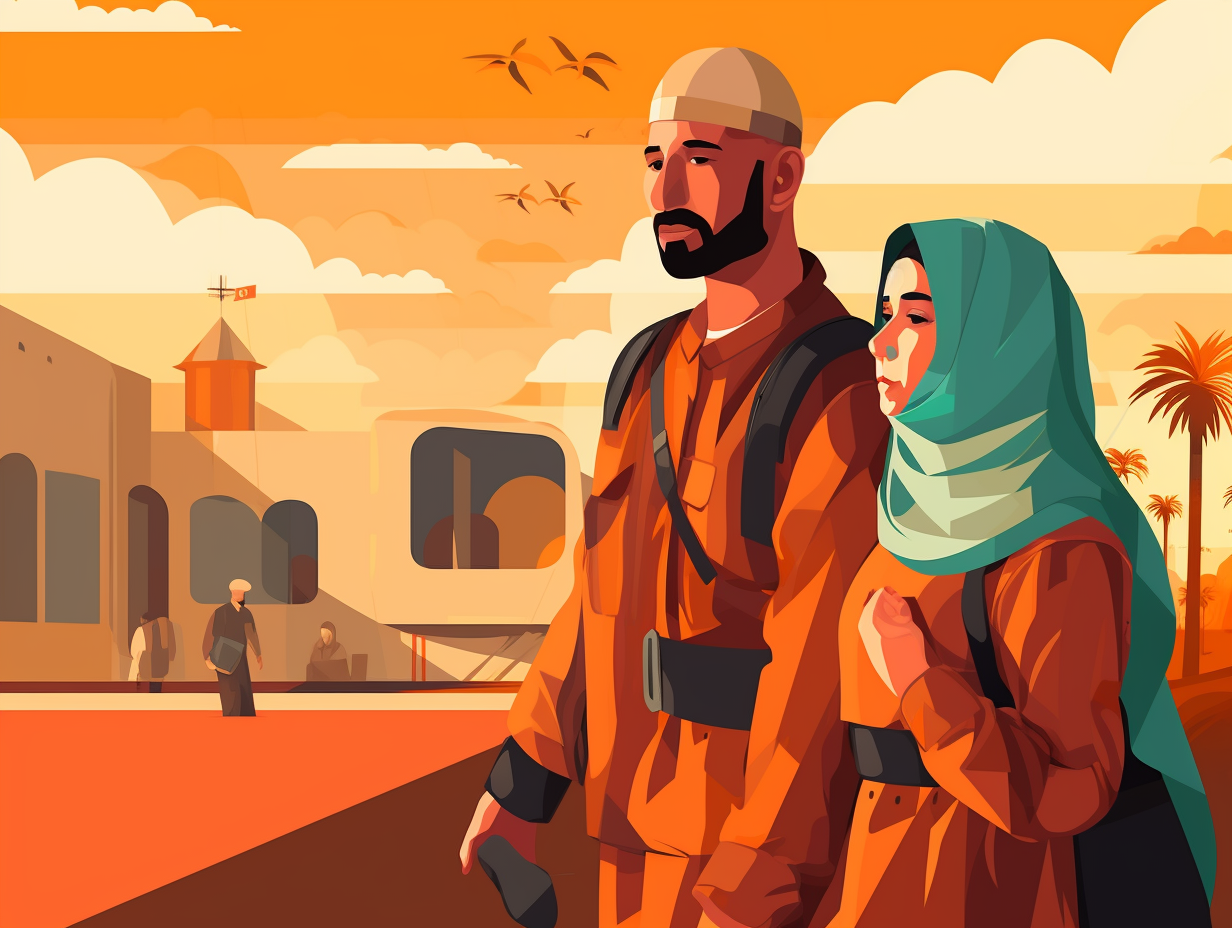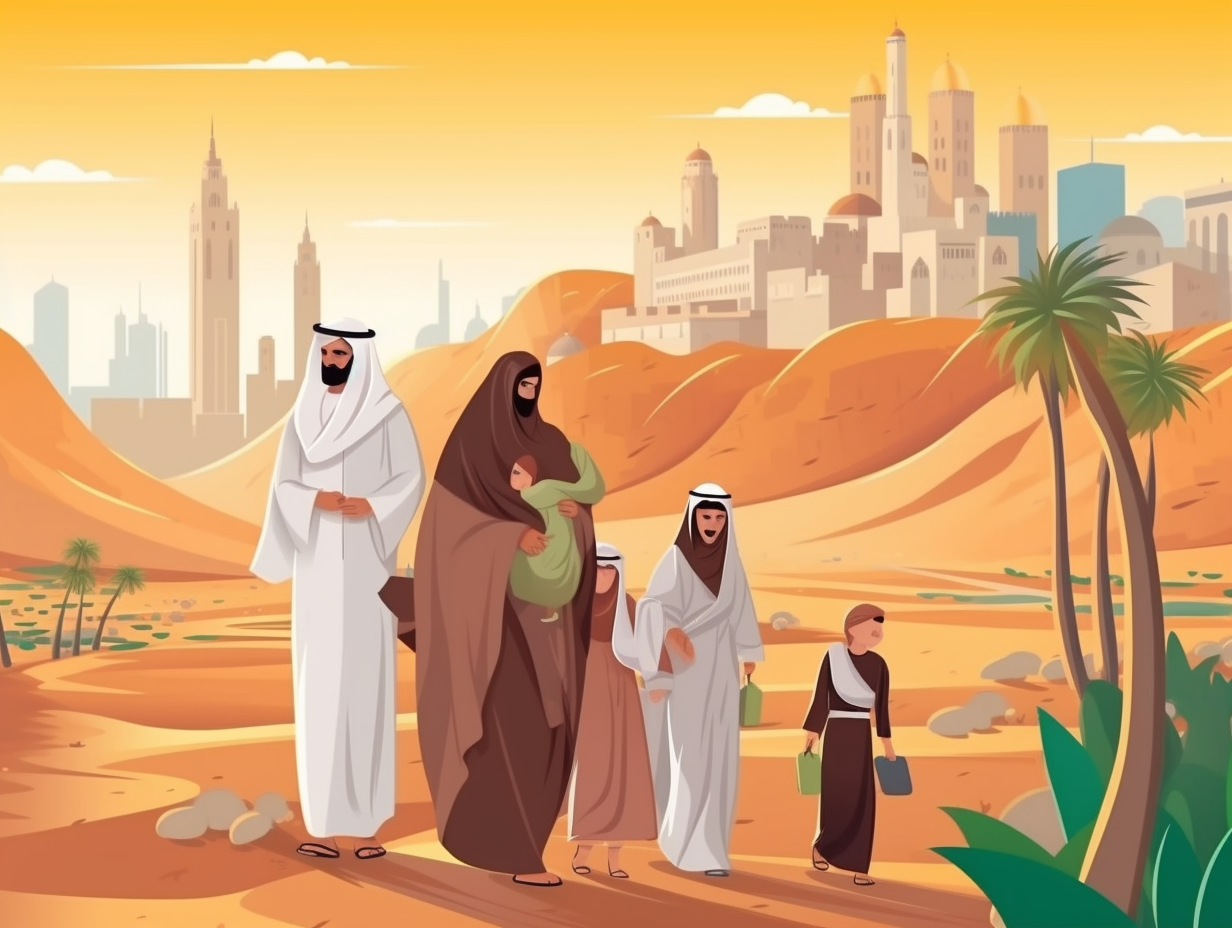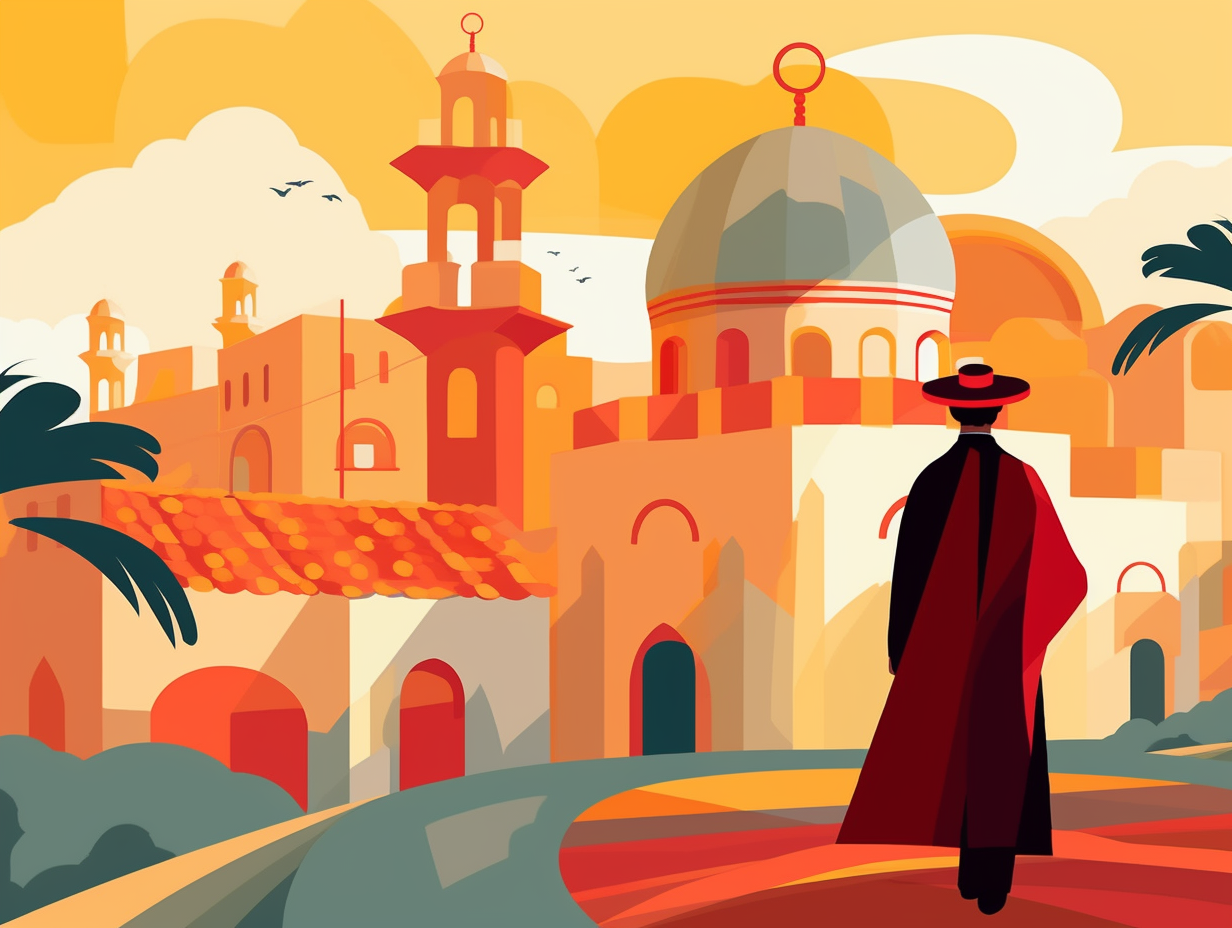Discover Iraq: 9 Enthralling Fun Facts You Never Knew About This Ancient Land

1. Ancient Cribs: The Great Mosque of Samarra
Once upon a time in an ancient "Cribs" episode, a caliph showed off the most massive mosque of the 9th century and everyone was shooketh: The Great Mosque of Samarra in present-day Iraq was a jaw-dropping display of architecture, with 20 palaces and the iconic Malwiya Minaret reaching 52 meters high. Sadly, Mongol invasions wiped out much of its artistry, like its blue glass mosaics and 17 isles, and time hasn't been too kind either with damages during the Iraq War.
Source => arthistoryproject.com
2. Iraq's Lethal Dance Partners: Snakes and Scorpions
In Iraq, a rattle of a snake isn't just the sound one hears in a Taylor Swift song; it's a signal for you to dance your way out of danger: Iraq is home to various venomous snakes and scorpions, like the saw-scaled viper and the death stalker scorpion, making protective footwear an essential item for those stationed in the region. Casual encounters with these critters could lead to a lethal two-step, so knowing which are worthy of applause versus those requiring a hasty exit is vital.
Source => abcnews.go.com

Did you know that in 2016, Kuwait experienced a scorching temperature of 54.0°C (129.2°F), potentially breaking records in the Eastern hemisphere and Asia? Discover how it affected the lives of refugees in the region and more interesting facts about Kuwait.
=> Fun Facts about Kuwait
3. Ancient Mesopotamian Brewmasters: Women and Straws
Forget BYOB, ancient Mesopotamians were all about BYOStraw: Beer brewing has a rich history in Mesopotamia, dating back 10,000 years, with the Sumerians inventing a popular beer enjoyed by humans and gods alike, consumed through a straw to filter out the chunky bits, and women, particularly priestesses of Ninkasi, were the original master brewers crafting beer from fermented bippar, a twice-baked barley bread.
Source => worldhistory.org
4. Baghdad Battery: Ancient Power Mystery
Move over, Energizer Bunny - ancient Iraqis just might have been the OG power pioneers: The Baghdad Battery, a mysterious artifact dating back to the Parthian and Sasanian empires, consists of a terracotta pot, a copper tube, and an iron rod, yet it wasn't used as a battery but likely as a storage vessel for sacred scrolls, debunking the popular belief that it was an early galvanic cell or electroplating device.
Source => en.wikipedia.org

5. Artsy Nerds: Mesopotamian Pioneers of Writing and Art
You may have heard of "writing the story of your life," but did you know that the folks in ancient Mesopotamia took that phrase quite literally? They were the pioneers of scribbling, doodling, and writing epic tales like a bunch of brilliant, artsy nerds: In fact, modern-day Iraq covers the area of Mesopotamia, the birthplace of civilization, which witnessed ground-breaking cultural developments such as the oldest examples of writing and magnificent art that rivalled Ancient Egypt. From the 4th millennium BC until the 6th century BC, the art scene in Mesopotamia was all about sculptures, cylinder seals, and reliefs that often began as finely crafted clay pieces before their grandeur was embellished with vibrant paints.
Source => en.wikipedia.org
6. Sumerian Script: The First Autocorrect Nightmare
Before autocorrect became our nemesis and spell-check the unsung hero of our texts, ancient folks in Mesopotamia duked it out with clay and reeds: The Sumerian script, invented in modern-day Iraq around 3400 B.C., has the bragging rights of being the earliest known form of writing. Even after Sumerian's fall from linguistic grace around 2000 B.C., the script thrived in scholarly circles, making a lasting impression in Babylonia until 70 C.E.
Source => getty.edu
7. Asphalt Time Travel: Paving the Way to the Future
Who needs a Time Machine when you've got asphalt? Turns out, Mesopotamians were paving their way to the future, one sticky road at a time: Iraq's ancient Sumerians, dating back to 3200-2900 B.C., were laying down asphalt as mortar for construction projects, coating houses, boats and even building impressive structures like King Nebuchadnezzar's 370-foot bridge across the Euphrates river. Talk about setting the foundation for the world of today!
Source => asphaltmagazine.com
8. Babylon's Groovy Number 60: Hello Jetsons!
Long before we met the Jetsons and their fancy gadgets or Doc Brown with his time-traveling DeLorean: Ancient mathematicians from Babylon were already hip to the "groovy" number 60, using it in their sexagesimal system as early as 3500 BC. This numerical love affair led to the division of hours into 60 minutes and minutes into 60 seconds – a system we still use today for measuring angles and timekeeping.
Source => theguardian.com
9. Marsh Arabs' Reed Pillars: Modern Sustainability Twist
When reeds start thinking they're pillars, you know you're in southern Iraq: The marsh Arabs have been using reed pillars as the foundation of their mudhif meeting places for over 5,000 years, always ensuring an odd number to keep their sheikh in the center. Today, modern-day builders are putting a twist on this ancient technique, creating sustainable housing with marsh reeds that include utilities like electricity and running water in Chubayish City.
Source => army.mil
Related Fun Facts




















